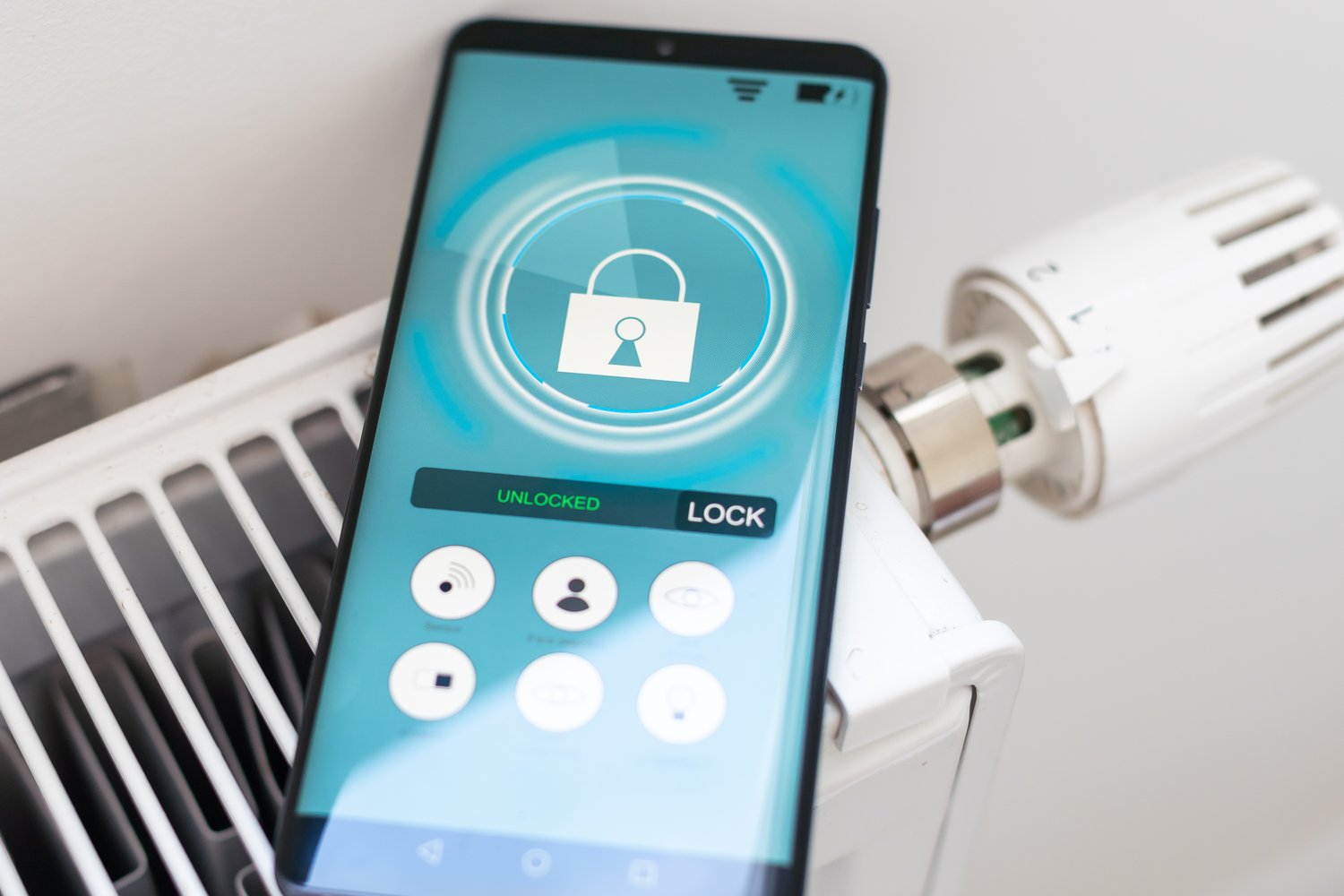Smart door locks promise incredible convenience and enhanced security, but what happens when their batteries fail? Understanding the battery woes of these high-tech devices is crucial for anyone relying on them for day-to-day security. Discover how effective power management and innovative access solutions can turn potential pitfalls into reliable performance.
- Explore the most common battery issues in today’s smart lock systems and learn how they can affect the security of your home.
- Learn about best practices for power management that extend battery life and ensure consistent smart lock operation.
- Find out about alternative access solutions that keep your locks reliable, even in the event of a power failure.
- Gain insights on selecting the right smart lock to maximize battery efficiency and performance.
Dive into this article to equip yourself with practical knowledge and smart solutions, ensuring that a dead battery never compromises your home’s security again.
Understanding Smart Door Lock Battery Problems in Modern Systems
Smart door locks have revolutionized home security by offering convenience and enhanced access control. However, one of the most common challenges faced by users is battery-related issues. Rapid battery drainage is a prevalent problem in many smart door lock systems. Several factors contribute to this, including frequent usage, extreme temperatures, and continuous connectivity requirements.
The compatibility between the smart door lock and the type of batteries used can also significantly affect performance. Non-recommended or low-quality batteries often lead to quicker depletion, further exacerbating the issue of unreliable lock operation. Users may find themselves frequently replacing batteries, which is both inconvenient and costly.
Another factor affecting battery performance is the lock’s connectivity features. Functions such as Wi-Fi or Bluetooth constantly drain power, making efficient power management crucial. It’s essential for smart door lock users to be aware of these potential problems to effectively troubleshoot and maintain their devices for optimal performance.
Section 1.1 Best Practices for Power Management in Smart Locks
To extend the battery lifespan of smart door locks, adopting energy-efficient practices is vital. One effective strategy is to adjust the device to use power-saving modes whenever possible. Many smart locks come with settings that minimize power consumption during periods of inactivity. Utilizing these settings will help reduce the frequency of battery replacement.
Regular maintenance is another key aspect of power management in smart locks. This involves routinely checking for firmware updates. Manufacturers often release updates that improve the lock’s energy efficiency and rectify any battery-related issues. Keeping your smart lock’s software up to date ensures better battery management.
Battery quality should never be overlooked. It’s advisable to invest in high-quality, brand-recommended batteries. These are specifically designed to handle the power requirements of smart devices, offering more reliable performance over time.
Lastly, educating all household members on the smart lock’s usage can contribute to its longevity. By reducing unnecessary activations and making a conscious effort to minimize manual overrides, users can effectively conserve battery life. Implementing these best practices can significantly enhance both the efficiency and reliability of smart door locks.
Power Management Techniques to Mitigate Battery Issues
Efficient power management is crucial to preventing the troublesome symptom of rapid battery drainage in smart door locks. Utilizing optimization techniques not only prolongs battery life but also enhances the reliability of your lock.
One innovative solution includes the integration of energy-saving algorithms. By adjusting the settings to reduce power consumption when the lock is not in active use, users can achieve significant energy conservation. Additionally, enabling features like sleep mode or low-power mode for periods of inactivity can drastically prolong battery life.
Regular firmware updates also play a pivotal role in power management. Keeping your smart lock’s software up to date ensures it runs on the most energy-efficient algorithms, further aiding in battery preservation.
Another consideration is the use of high-capacity, rechargeable batteries. These offer increased durability compared to standard options, reducing the need for frequent replacements and ensuring optimal performance.
Implementing these power management techniques can significantly mitigate common battery issues, providing you with a more reliable and efficient smart door lock experience.
Alternative Access Solutions Enhancing Smart Lock Reliability
To ensure that smart door locks remain reliable, even during battery failures or power outages, incorporating alternative access methods is essential. These solutions offer seamless security without compromising convenience.
One such method is the use of mechanical key overrides. Many smart locks include this feature, allowing users to unlock the door with a traditional key in emergencies. This simple yet effective solution ensures that access is never entirely dependent on battery life.
An increasingly popular alternative is pairing smart locks with biometric systems. By utilizing fingerprint recognition or facial recognition technology, users can access their properties effortlessly without relying solely on battery power.
Moreover, integrating solar charging capabilities provides a sustainable backup power source. Harnessing solar energy ensures that your smart lock remains functional, even when the primary power supply is interrupted.
Incorporating these alternative access solutions not only enhances reliability but also ensures constant accessibility, providing peace of mind in various scenarios.
Choosing the Right Smart Lock for Optimal Battery Performance
When it comes to selecting smart door locks for your home, battery performance is a critical consideration. An optimal choice ensures not only security but also reduces the hassle of frequent battery replacements.
To begin with, understanding the energy requirements of different smart locks is essential. Some models come with their own energy-efficient settings, which significantly extend battery life. Look for locks that offer customizable power settings allowing you to configure them according to your usage patterns.
Another key factor is the type of batteries used in the smart lock. While some locks may use standard AA or AAA batteries, others might utilize rechargeable lithium-ion batteries. Selecting a model with rechargeable options can be more economical and environmentally friendly in the long run.
Additionally, evaluate the lock’s connectivity features. Wi-Fi-enabled models, for instance, tend to drain batteries faster compared to their Bluetooth counterparts. Choosing a smart lock that supports energy-efficient Bluetooth Low Energy (BLE) connectivity can enhance battery longevity.
Read customer reviews and expert assessments to gauge battery reliability during varied operational conditions. Brands known for innovating battery management technologies typically provide superior performance.
In summary, prioritize smart locks that balance robust security features with efficient power management. Making informed choices based on these aspects will not only enhance the security of your property but also ensure seamless and uninterrupted operation.
Frequently Asked Questions about Smart Door Lock Batteries
What causes smart door lock batteries to drain quickly?
Rapid drainage can be caused by frequent use, extreme temperatures, or inefficient power management settings.
How can I extend the battery life of my smart door lock?
Regular maintenance and setting your lock to energy-efficient modes can significantly extend battery life.
What are the signs that my smart door lock battery needs to be replaced?
Common signs include slow response times, difficulty unlocking, or frequent low battery alerts.
Are there alternative access solutions if my smart lock battery fails?
Yes, using backup keys or passcodes can provide access during battery failure.
What should I consider when choosing a smart door lock for better battery performance?
Look for locks with efficient power usage and positive battery reviews from users.





